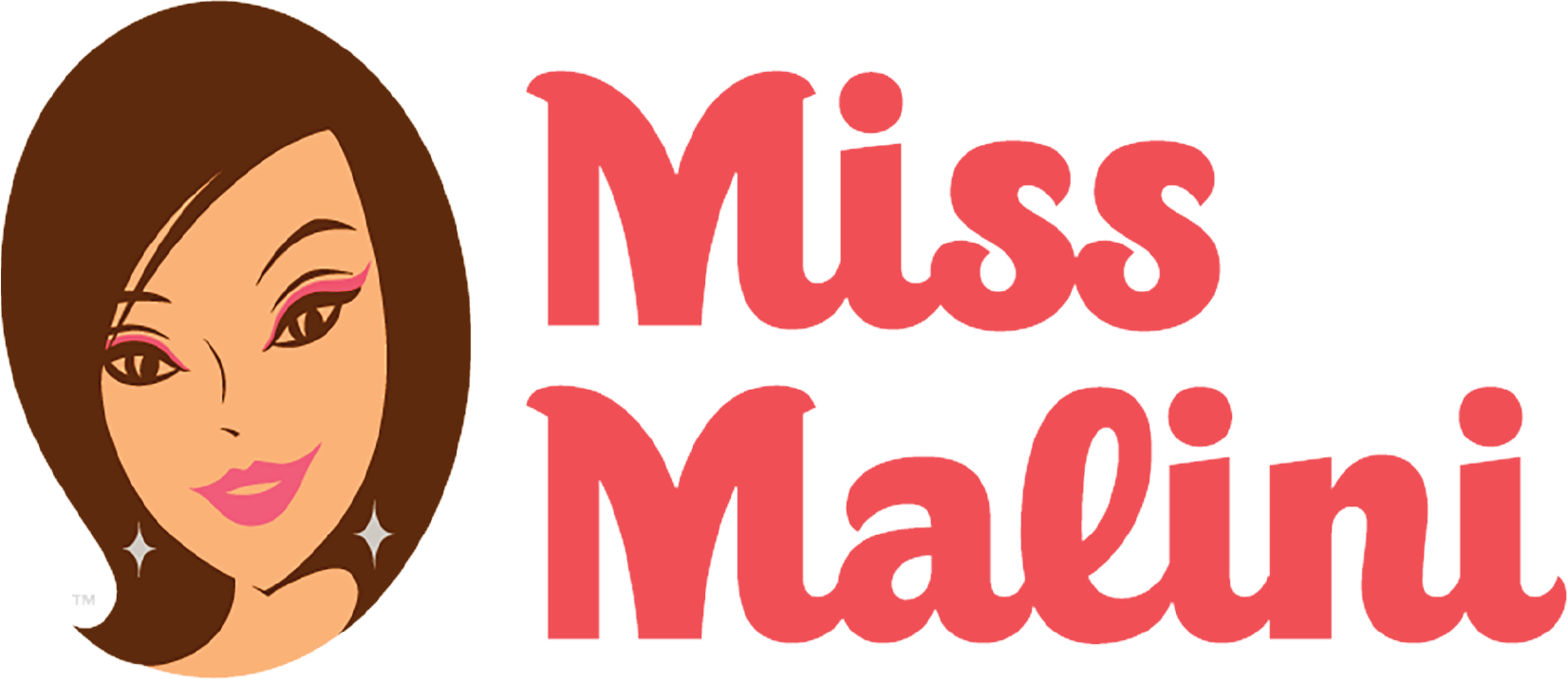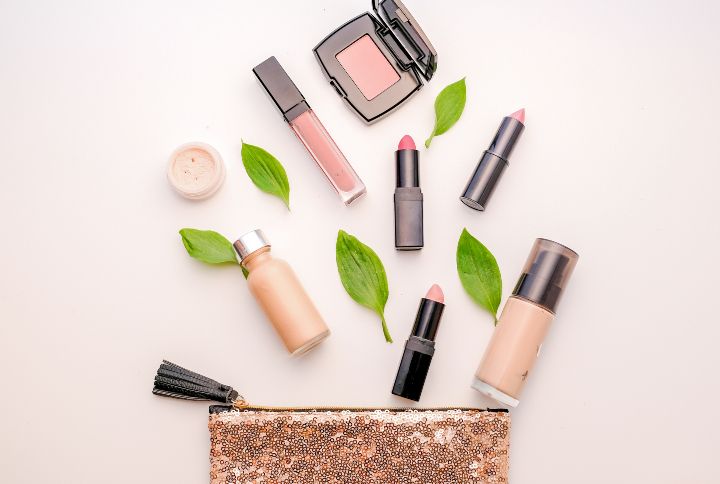In the quest of purchasing and trying new makeup or other beauty items, you might have come across the terms vegan and cruelty-free a lot. The advantage of the clean beauty movement in recent years has made us more aware of tour choices and buying habits. We ultimately have the power to encourage change with our mindful purchases. Most of us understand vegan to some extent by now which basically means the product has zero animal-derived ingredients which seem simple enough. However, there are always still a lot of questions and uncertainty looming around the term cruelty-free. You might think that as long as the packaging is labelled cruelty free or has the bunny logo on it is means it’s free from being tested on animals. But in fact, that isn’t always an accurate representation. The term cruelty-free is unregulated and with regulations varying from country to country, it can be a struggle to figure out who tests on animals and who doesn’t.
Whereas initially, products went through a series of tests on animals to make sure they were safe and hypoallergenic for human use, in 2021 with modern technology and better options available, there’s no justification for still testing ingredients on animals. With a mission to stop cosmetic testing on animals and be affiliated with cruelty-free organisations, many beauty brands all over the world aren’t afraid to take this stand. But while many brands claim to be cruelty-free that isn’t always the case. So how does one actually know for sure whether or not a brand is cruelty-free? Well, we’re here to break it down for you with a few tips that can make your search less stressful.
Scroll below and check out how to know if a brand is truly cruelty-free:
1. Vegan versus Cruelty-Free
First and foremost it’s important to understand the key difference between vegan and cruelty-free as it does not indicate the same thing. Cruelty-free means the products were created and developed without any tests on animals. Whereas being vegan means the product doesn’t include any animal-derived ingredients like milk, honey, and etc. The difference here is that the product could be vegan or organic but still have been tested on animals. On the other hand, a product could be free of animal testing but still have ingredients that come from animals and could or could not be ethically sourced.
However, there are a few official vegan accreditations like the Vegan Trademark that cannot involve or have involved, testing of any sort on animals. This includes the development and/or manufacture of the product, and where applicable its ingredients. This is why it’s important to do your own research on these labels and not take just any stamped logo for as a guarantee.
2. Animal cruelty laws
Since 2013, India and Europe have banned the testing of cosmetic products. Even if the products are tested outside of the country or by a third party, they cannot be legally sold in these two countries. Owing to this law most homegrown brands you’ll notice are essentially cruelty-free however there are nuances here too, which means it’s not straightforward. The loophole here doesn’t account for raw materials that are sourced internationally like in China where animal testing is mandatory. This means while they are using animal tested materials they can legally still claim to be cruelty-free. Technically brands that choose to also sell in China cannot be considered cruelty free as they do require testing their products to be sold there.
3. Look for the leaping bunny logo.
This actually the easiest way to see if your product is cruelty-free. The three organisations that regulate their approved brands stringently is Leaping Bunny, PETA and CCF ( Choose Cruelty-Free). When you see one of these logos you can be 99 per cent sure you’re getting something cruelty-free when picking up one of their products. Just be wary of any fake logos out there from companies with shady business practices. Moreover, if the label just has phrases like no animal testing, or cruelty-free it means nothing. There’s no legal definition of these statements which means can be used without official validation.
4. Review the brand’s website
Sometimes companies that are verified don’t always have the logo upfront on the packaging. This decision is made sometimes due to design choices but will proudly show their certifications on their website. So if your questioning a brands validity check the FAQs or About Us page on the brand’s website. These pages generally provide the information you’re looking for. If the information seems too vague always double-check their parent company. While some smaller brands don’t do testing they are sometimes owned by bigger companies that do!
5. Email the company
This might take a bit more effort than any of the previous ones but companies who have nothing to hide want to assure you about their products. So whether you DM them on Instagram or via their official customer service email the brand should have no problem providing you with information to back up their claims. If you receive a vague, unconvincing or unfriendly response or no reply at all, you’ve pretty much got your answer.
To sum it all up:
Making the ethical choice isn’t tough especially when it comes to non-essential items like beauty products. It pays to do your own research and the next time you’re trying to find out if a brand is truly cruelty-free, simply keep these tips in mind. A great way to keep track of all this is by staying updated with the animal rights organisations, their official logos and certifications. Nowadays all this information just one google search away in order to make the right choices. The information for organizations like PETA, Ethical Elephant, CCF and more are all part of the public domain and easily available. Moreover, they include exhaustive lists of brands that test on animals and provide good replacement options for popular products.
What’s your favourite cruelty-free brand? Let me know your recommendations in the comments below.
Don’t forget to join Malini’s Girl Tribe to be a part of more conversations.

